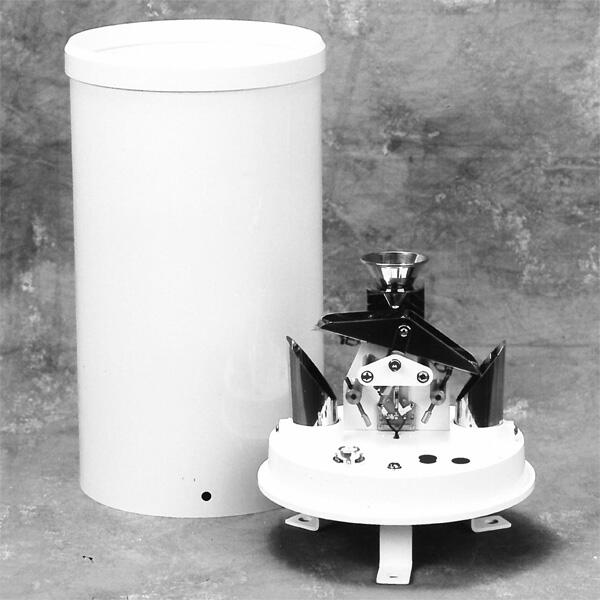
# Rain Gauge: A Comprehensive Overview of Its Design and Functionality
## Introduction to Rain Gauges
A rain gauge is a meteorological instrument used to measure the amount of liquid precipitation that falls over a specific area during a defined time period. These devices play a crucial role in weather monitoring, agriculture, hydrology, and climate research. The simplicity of their design belies their importance in collecting accurate precipitation data.
## Basic Components of a Rain Gauge
The standard rain gauge consists of several key components:
– Collector funnel: The wide opening that catches falling precipitation
– Measuring tube: A narrow cylinder where collected water is stored
– Outer cylinder: A protective housing that surrounds the measuring tube
– Mounting bracket: Hardware to secure the gauge in place
– Measuring stick: Used to determine the water level in the tube
## How Rain Gauges Work
The operation of a rain gauge follows a straightforward principle. Precipitation falls into the collector funnel, which directs the water into the measuring tube. The narrow diameter of the measuring tube amplifies the water level, allowing for more precise measurement of small amounts of precipitation. When measuring, users simply insert the measuring stick into the tube and read the water level.
## Types of Rain Gauges
### Standard Rain Gauge
The most common type features a funnel that collects precipitation into a narrow tube. This design provides accuracy for measurements as small as 0.01 inches (0.25 mm).
### Tipping Bucket Rain Gauge
This electronic version uses a small seesaw-like container that tips when it fills with a specific amount of water (typically 0.01 inches). Each tip is recorded electronically, allowing for automated data collection.
### Weighing Rain Gauge
These sophisticated instruments measure precipitation by weight. They’re particularly useful for measuring solid precipitation (snow, hail) by melting it first.
### Optical Rain Gauge
Using light beams, these gauges detect the presence and intensity of rain by measuring how much light is scattered by falling droplets.
## Proper Installation and Maintenance
For accurate measurements, rain gauges must be properly installed:
– Place the gauge in an open area, away from trees and buildings
– Position it at least twice as far from obstacles as their height
– Ensure the gauge is level and stable
– Clean regularly to prevent debris buildup
– Check for and repair any leaks
## Importance of Rain Gauge Measurements
Accurate precipitation data serves multiple purposes:
– Weather forecasting and climate studies
– Agricultural planning and irrigation management
– Flood prediction and water resource management
– Hydrological modeling
– Verification of weather radar estimates
## Historical Development
The first known rain gauge was invented in Korea during the Joseon Dynasty (1441). The modern standard rain gauge design was developed in Britain in the early 20th century and remains widely used today, though electronic versions are becoming increasingly common.
## Choosing the Right Rain Gauge
When selecting a rain gauge, consider:
– Purpose (personal use vs. professional meteorological applications)
– Required accuracy level
– Frequency of data collection needed
– Climate conditions (especially for areas with snow)
– Budget constraints
## Future of Rain Measurement Technology
Emerging technologies are transforming precipitation measurement:
– Satellite-based rainfall estimation
– Advanced radar systems
– Smart rain gauges with wireless connectivity
– Integration with IoT weather stations
– Improved algorithms for data analysis
Rain gauges remain fundamental tools despite technological advances, providing ground truth for more sophisticated measurement systems. Their continued use ensures reliable precipitation data for generations to come.
Keyword: rain gauge description